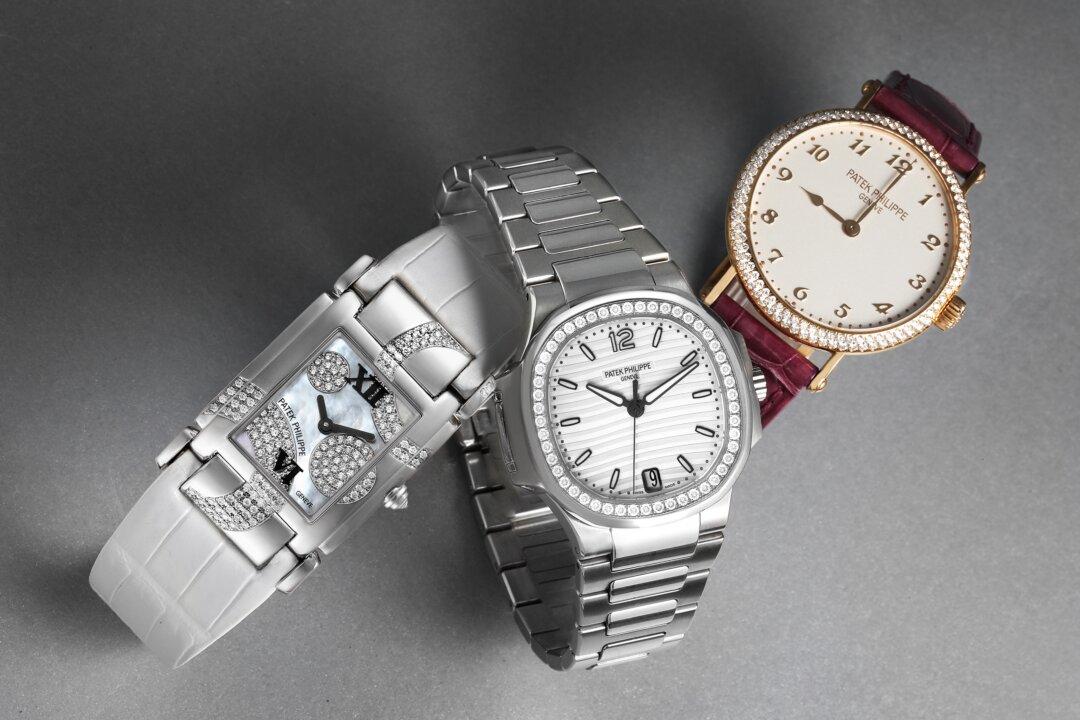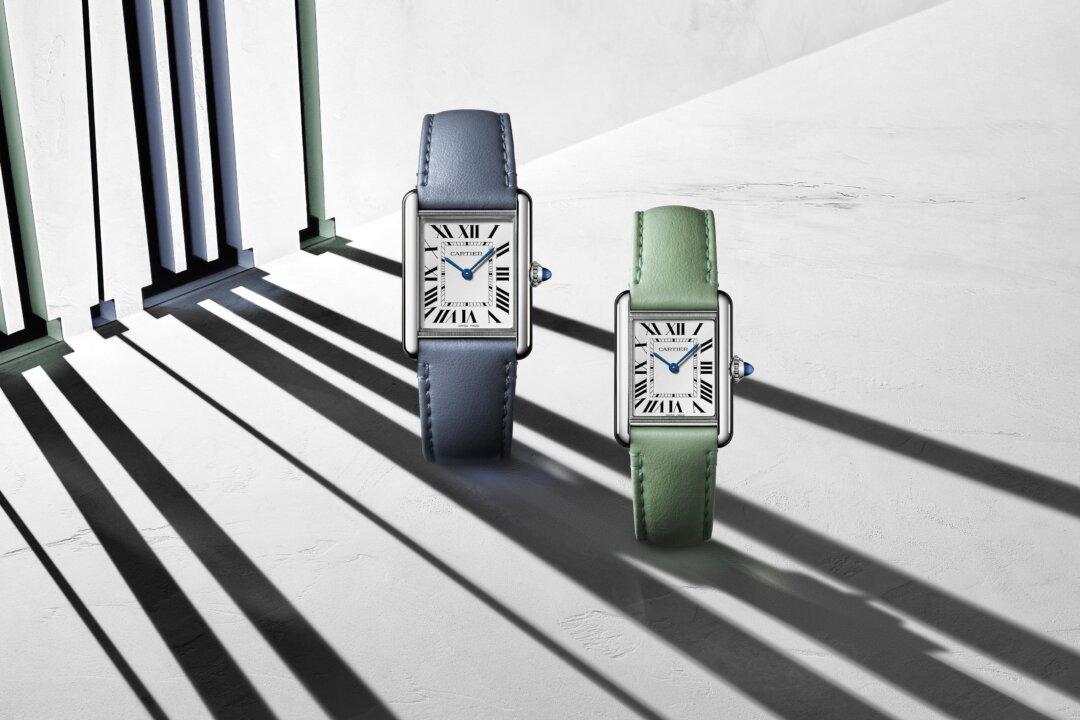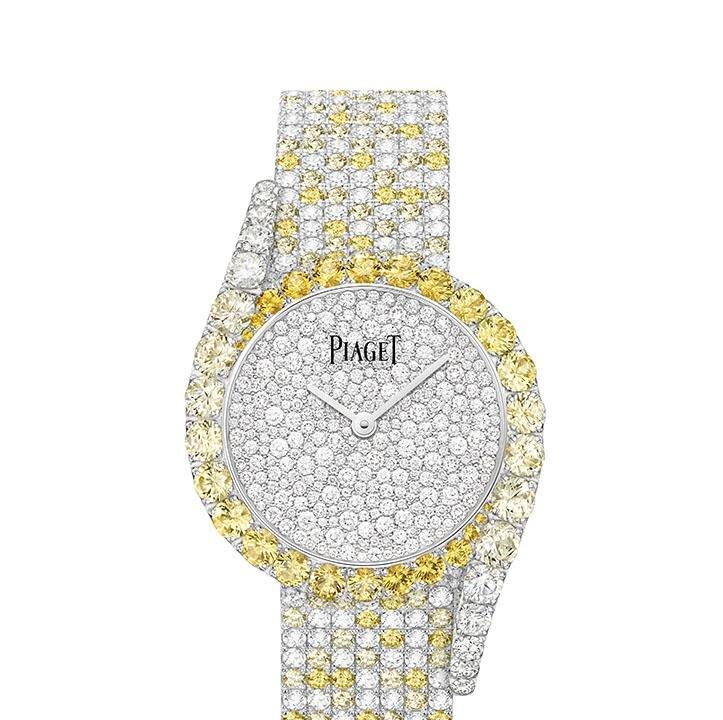When the Patek Philippe Tiffany Blue Ref. 5711-1A-018 timepiece was introduced in early December of 2021, it was hyped beyond belief, yet limited to just 170 pieces. Those watches were privately distributed by Tiffany & Co, presumably to its top clients. The watch, billed as the last of the blue-dialed steel 5711 series, essentially never hit the market.
It’s an extreme example of a burgeoning trend toward unattainability in the luxury watch industry. Luxury brands are now dropping new collections of their most popular models in limited editions and allocating them to authorized dealers who then distribute them to top clients, rather than to their showcases or to waitlists that can take decades to clear.



